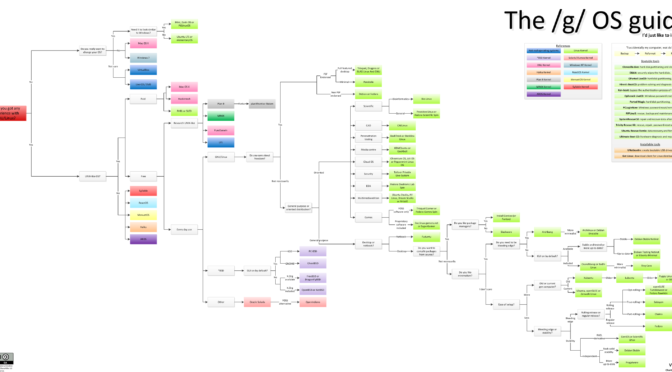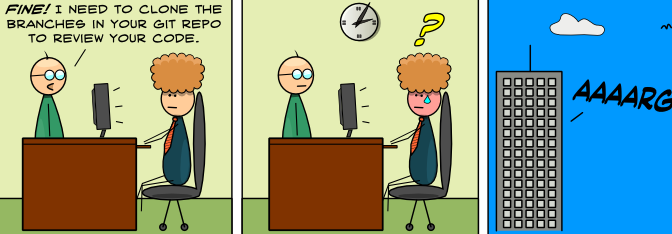For some cases, by example when you works on webservices or an ETL, you can be a little lost between all the variables you use, specifically arrays.
I developed a derivative of the Hungarian notation to prefix my variables and find myself there. This notation can be applied in php, but also to any other languages, especially non-typed.
There is the prefixing I use with PHP variables in that specific cases, depending on their type and design :
Scalar types prefix
$is, $b : boolean$s : string$i : int (unsigned)$n : natural (signed int)$f : float$fd : float round to 1 decimals$fc : float round to 2 decimals$fm : float round to 3 decimals$m : mixed.
Non-scalar prefix types
$o : object$r : resource (PHP-specific)
Array, can be, by design, a collection of elements, or a single element. For me an “element” is an object-like data, stored as an associative array. While a collection if an array of elements.
So I can distinguish 3 different types for arrays :
$e : (array) Element (or Entry, or Entity) ; associative array containing data about an element. $c : (array) Incremented Collection ; an array with auto-incremented keys containing elements. Means that the array keys don’t identify an element, event if the order to process it can be important.$a : (array) Associative collection ; an array with associative & manually-assigned keys (like “hashes” in Perl ) containing elements.
For collections, I usually also put the variable in plural (or simply suffix with an s). I suggest to combine collection prefixes with the other prefix showing the values each entry contains :
$ca : incremented-collection of Associative collection$cm : incremented-collection of mixed elements $ae : associative-collection of array elements$as : associative-collection of string elements$am : associative-collection of mixed elements (each entry can contain different things)$cbo : increment-collection of boolean OR objects. So we have to test if the entry is an object before processing it.
Semantic types :
$u : unsafe type or value, need to be checked or sanitized for security reason.- Can be combined : ie
$us for unsafe string, with possible code injection.
$zo : string of encoded object$zj : string of encoded json$zh : string of encoded html entities, ie: ‘"’$ts : timestamp (signed int)$d : date, format ‘Y-m-d’ (string)$dt : datetime, format ‘Y-m-d H:i:s’ (string)
I personnally try to avoid to prefix private members / functions with underscores.




